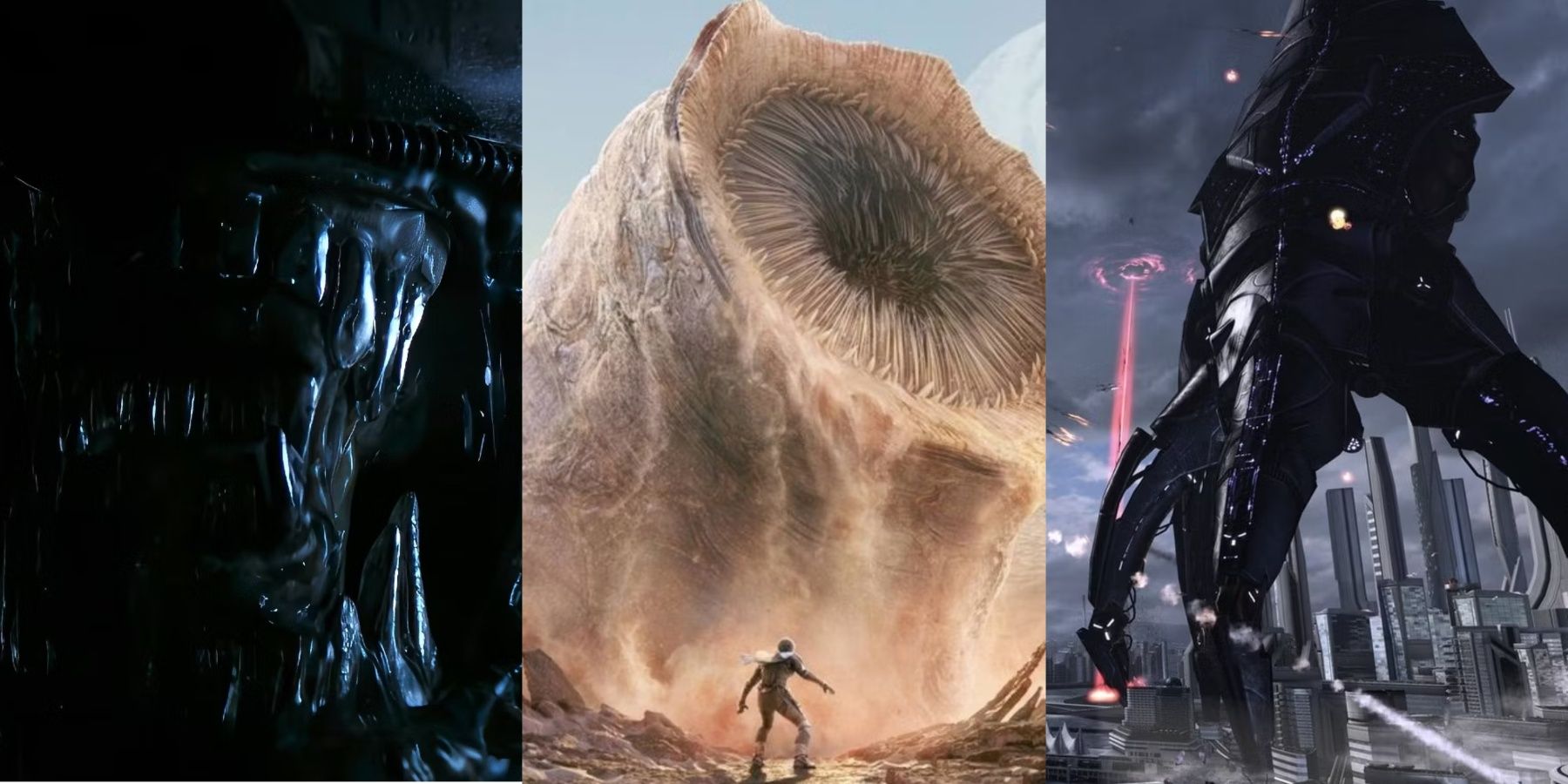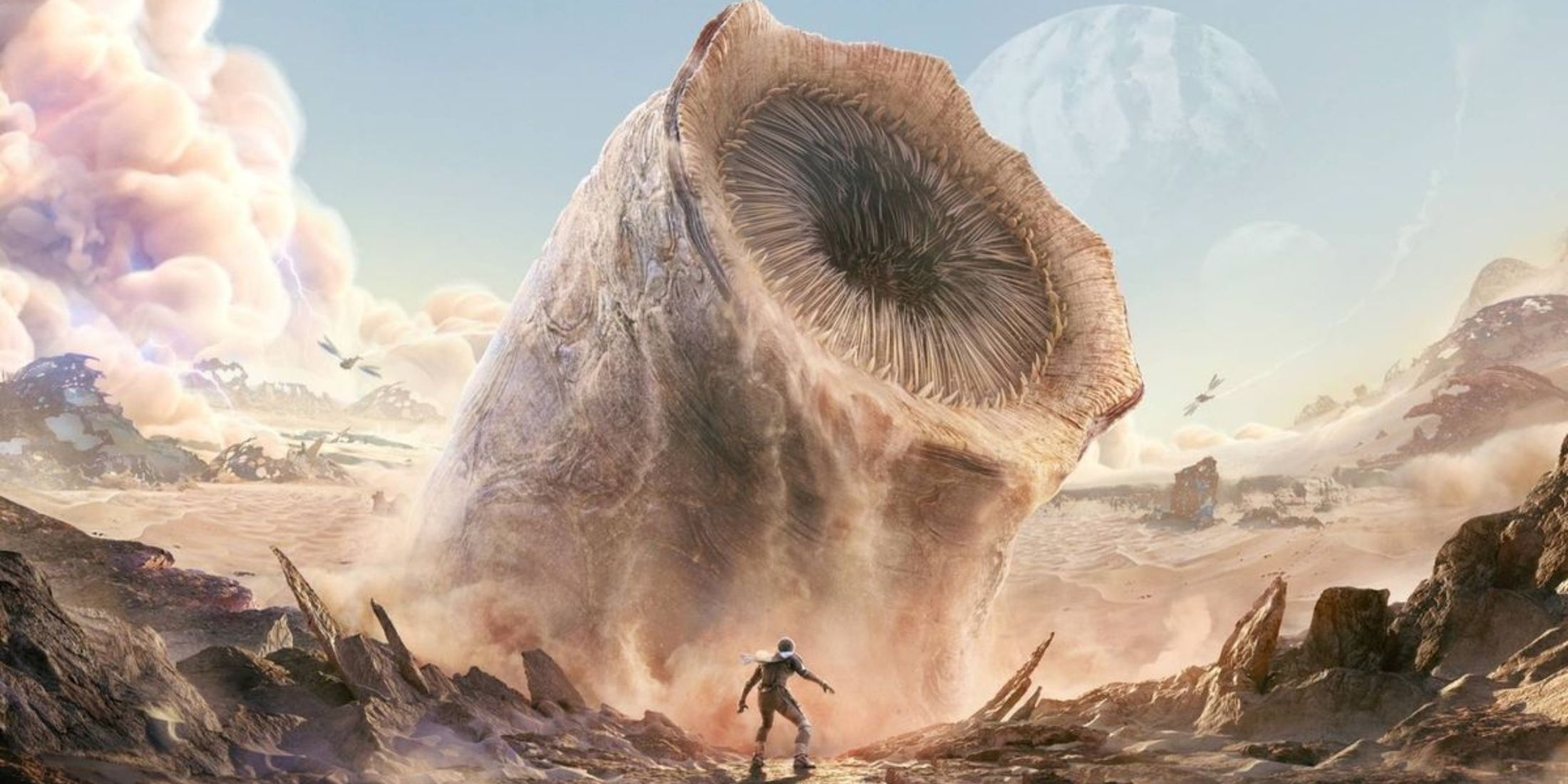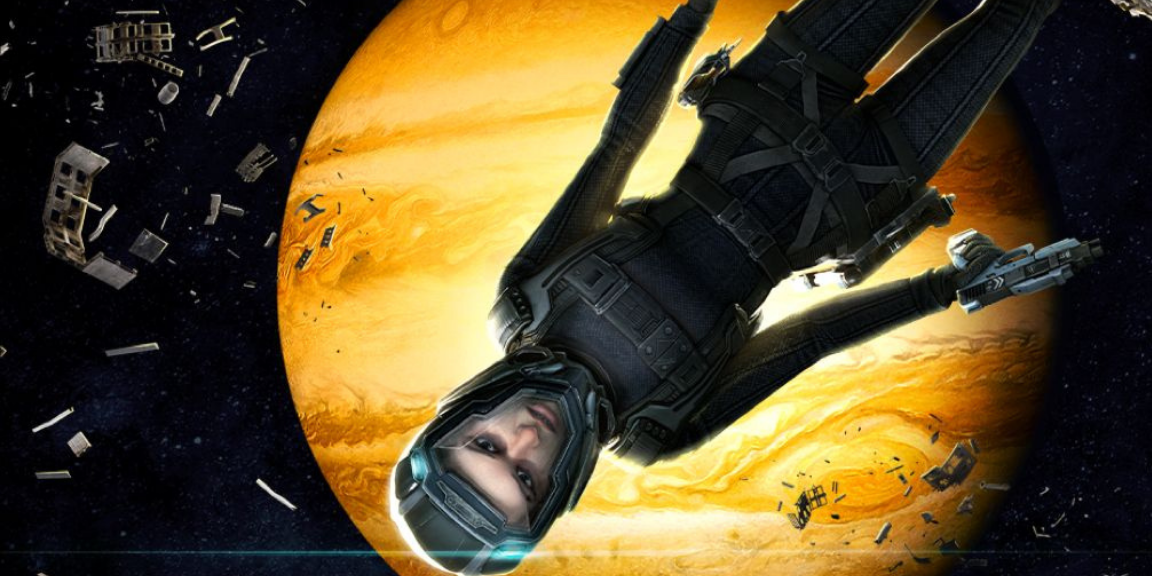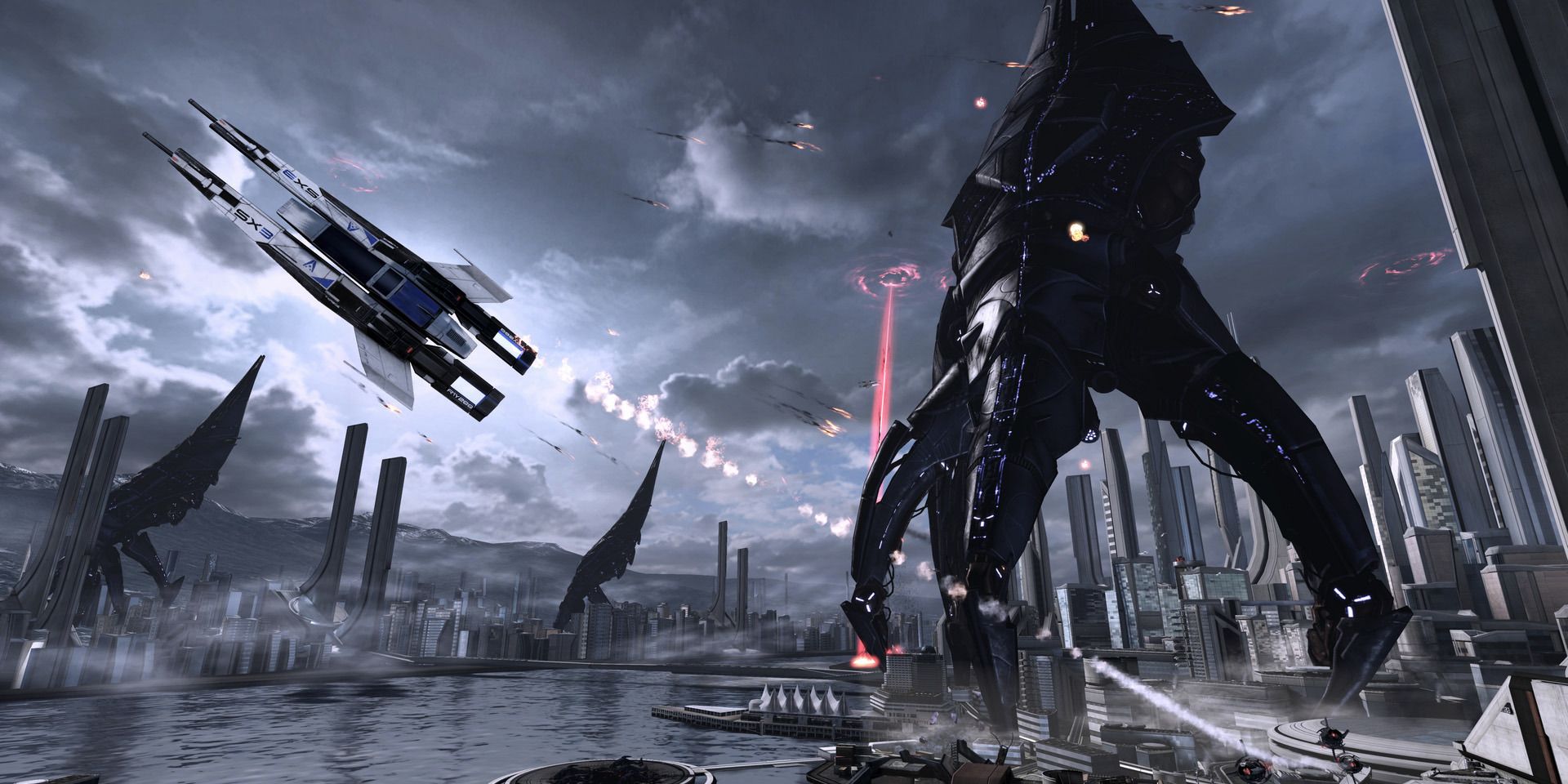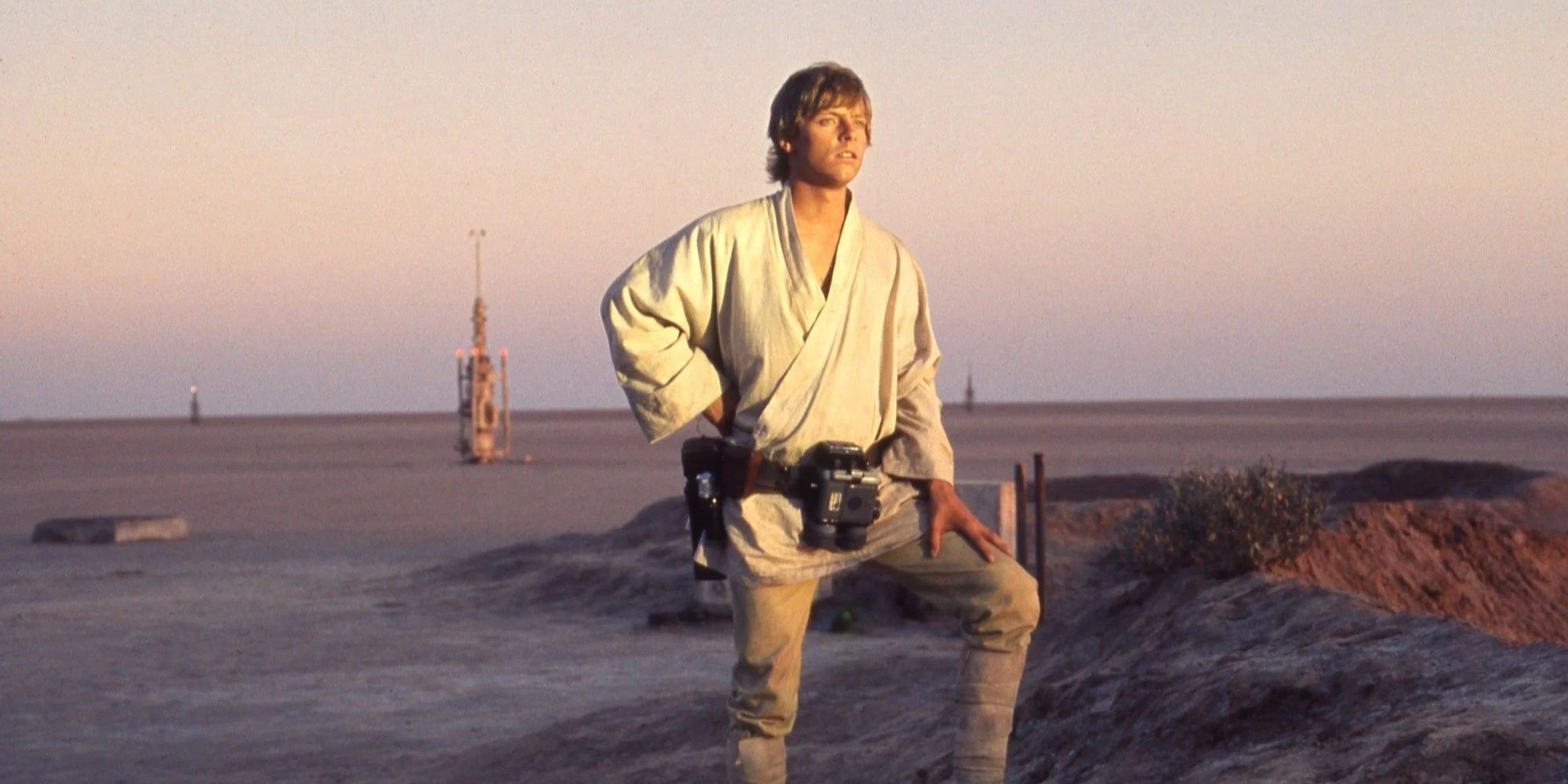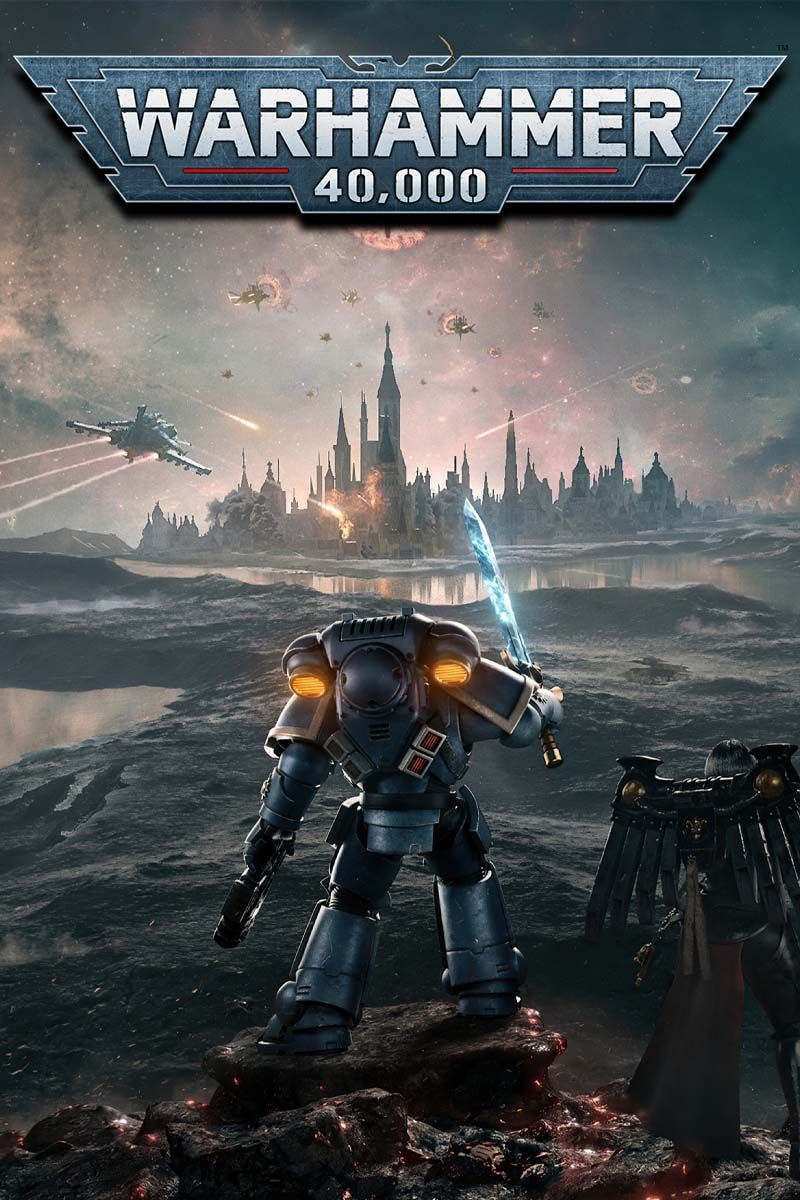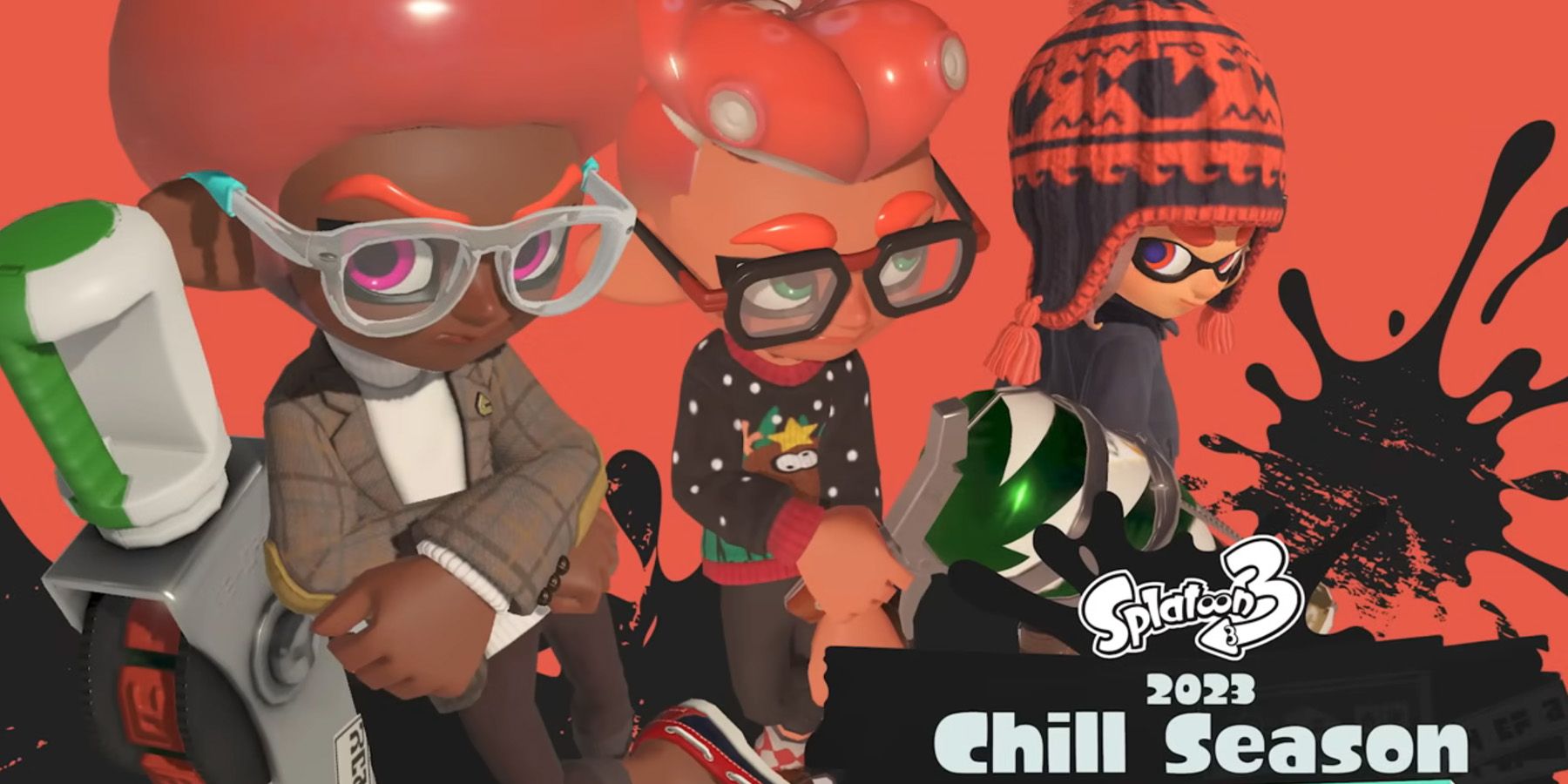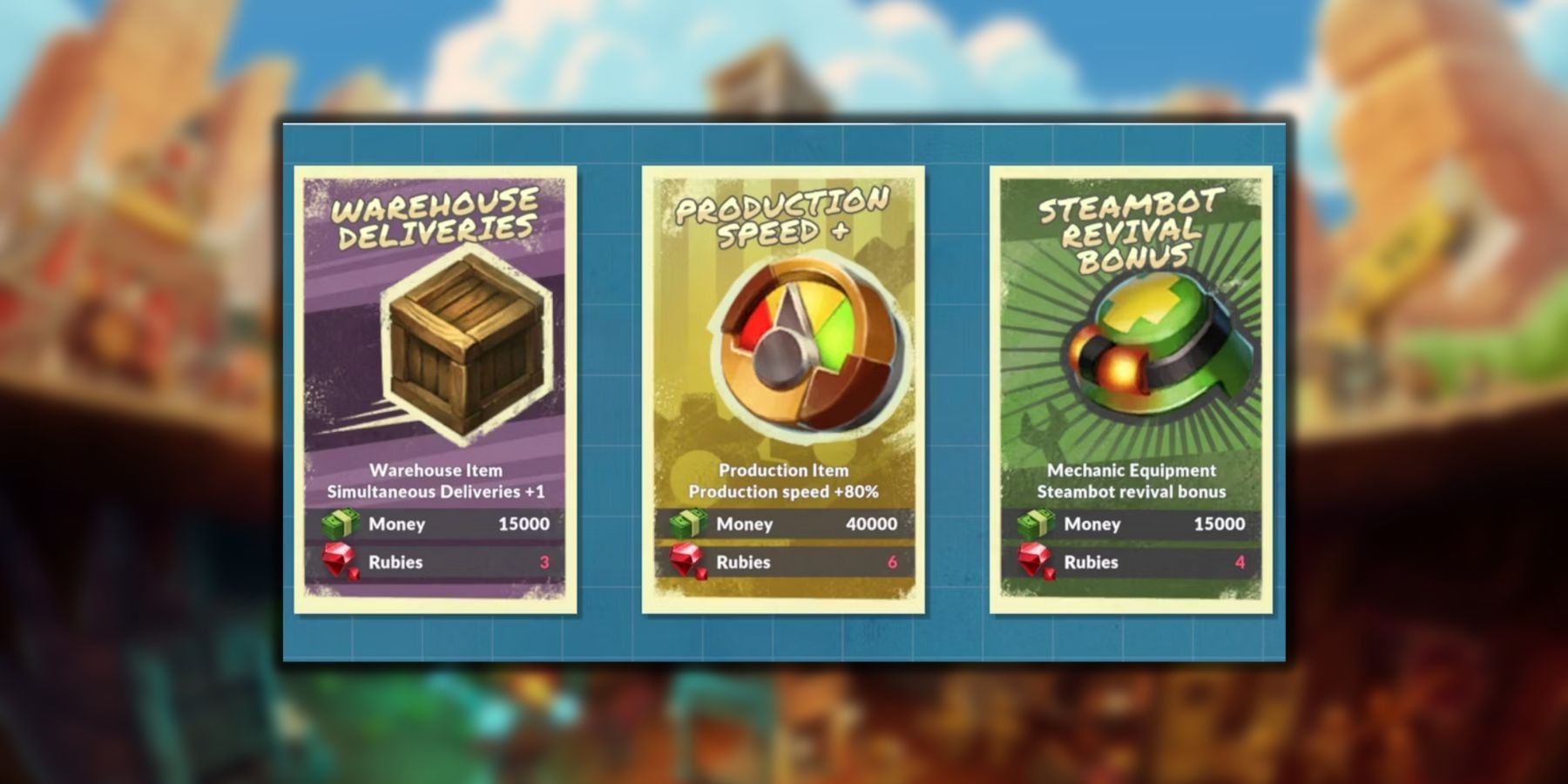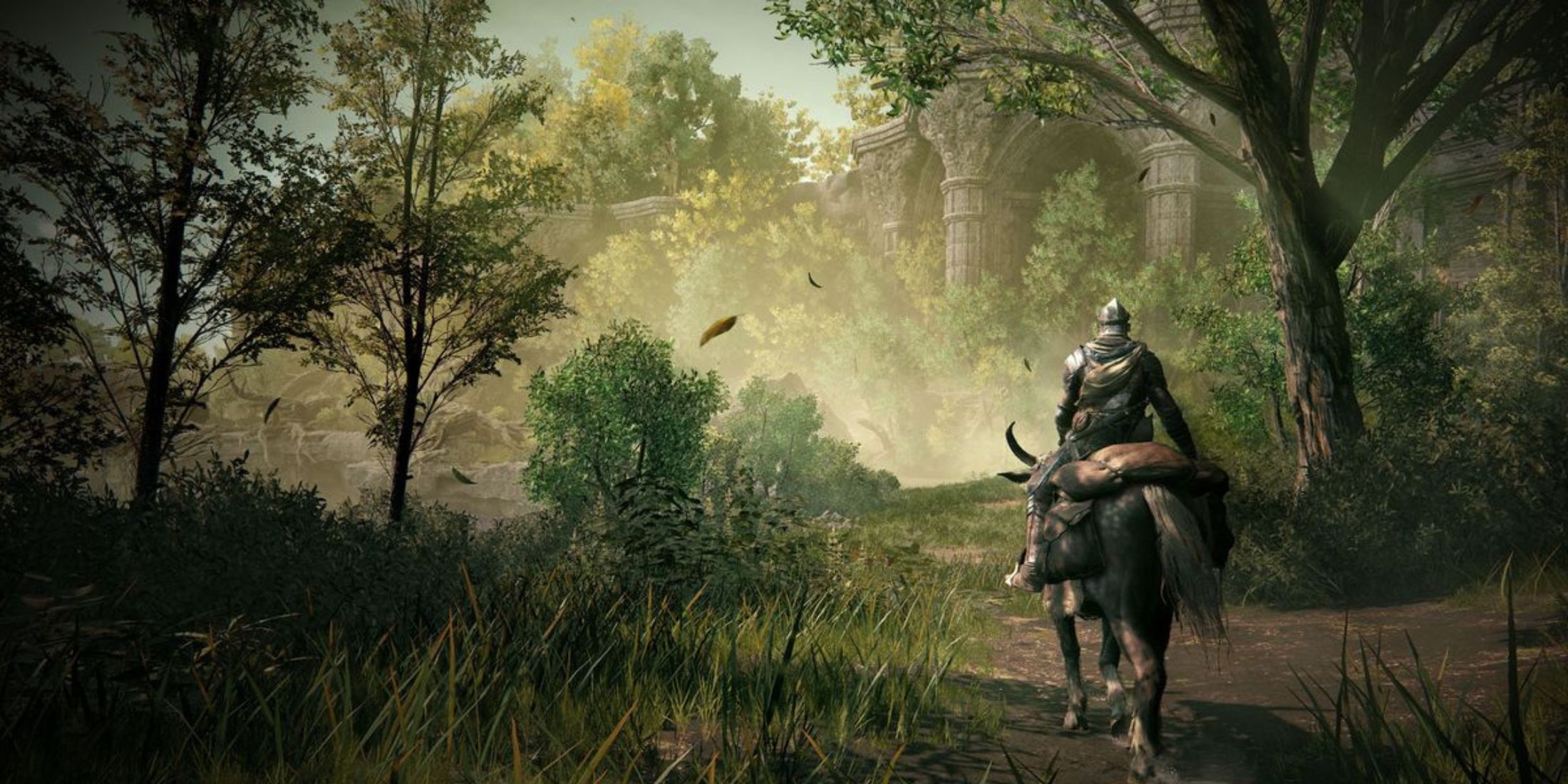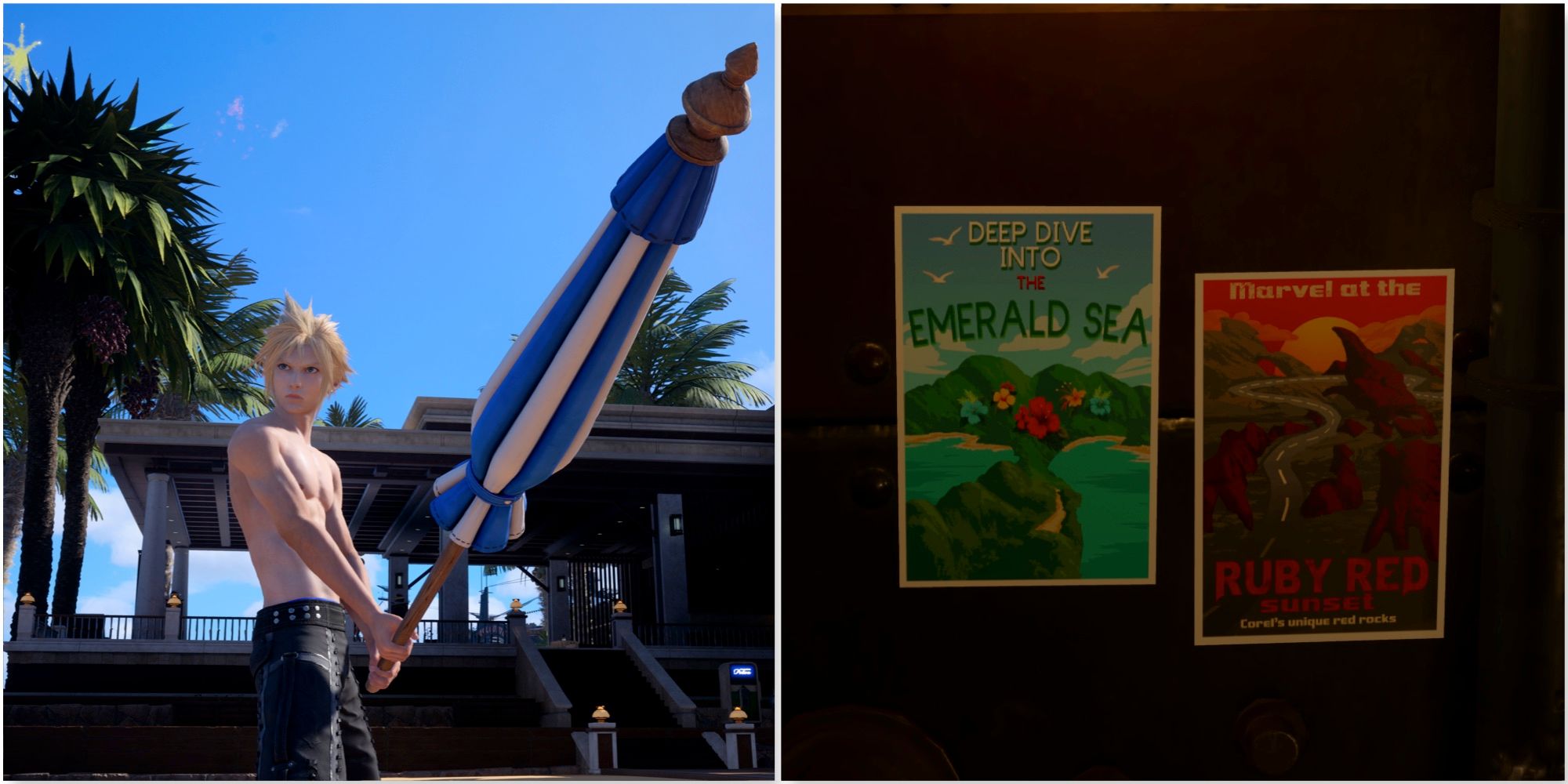Key Takeaways
- Warhammer 40K lore is a dark universe filled with constant warfare and cosmic threats beyond comprehension.
- 40K excels at out-darkening other sci-fi franchises, making even the bleakest settings seem preferable.
- 40K uniquely showcases dystopian themes, cosmic threats, and influences from other major sci-fi works.
Warhmmer 40,000 lore can be broken down to one sentence: the universe sucks. There is a reason its setting is often called “grimdark.” It is a world characterized by constant warfare between factions who are all guilty of war crimes, topped off with cosmic threats with their own agendas. To call it a dystopia feels like an understatement. Of course, Warhamer 40k is hardly the first major sci-fi franchise to hold a cynical view of humanity’s future. Dystopia has been a staple of science fiction for decades, and tales about the dangers of the universe go back to H.P. Lovecraft. These influences are clear in 40k‘s lore.
But one thing makes Warhammer 40k stand out: an uncanny ability to out-dark other big sci-fi franchises, even those that influenced it. Looking at its lore, it feels like the writers took the darkest parts of every major sci-fi movie, TV show, novel, or video game, and explored how they might make it worse. Somehow, 40kcan take the harshest dystopias of other universes and make them seem preferable, even utopian, by comparison.
5 Alien
At Least Xenomorphs Aren’t Tyranids
Ridley Scott’s 1979 sci-fi horror doesn’t paint an optimistic view of the future. Even before the titular alien is introduced, viewers see a run-down ship crewed by underpaid workers in a setting where capitalism is clearly out of control. The majority of human-occupied space is governed by a handful of corporations. Workers are disposable, and are expected to take whatever their employers throw at them. And that’s without xenomorphs, which are a whole other problem. Naturally, apex predator aliens mixed with unchecked capitalism is a recipe for disaster.
Warhammer 40k shows some obvious influences from Alien, particularly in the Tyranids, but they somehow manage to be a lot worse. As terrifying as xenomorphs are, characters can at least understand them, which is more than can be said for Tyranids. Xenomorphs also have the advantage of being much easier to defeat. A sufficiently armed group of marines can fight them off, even without space marine gene seeds. And it is possible to never encounter a xenomorph, though that depends on being lucky enough to not be assigned to anywhere Weyland-Yutani is trying to collect samples.
Finally, xenomorphs are more or less the only cosmic threat. Sure, the engineers of Prometheus might be cause for concern, but they’re extinct now. Most humans should be okay as long as they don’t go poking around in their ruins. Meanwhile, in 40k, there are hostile aliens on all sides, and the tyranids keep pouring in from another galaxy. And while xenomorphs are smart, tyranids have a few tactics they don’t, like using genestealers to systematically leave populated areas open to invasion.
4 Dune
At Least Enemies Make Themselves Clear
Frank Herbert’s iconic sci-fi books portray a distant future which can be described, in the nicest terms, as feudalism on a galactic scale. Humanity is run by a tyrannical emperor under whom various noble houses compete for dominance over the valuable spice mélange. Even at the best of times, political intrigue is an everyday occurrence and corruption is rampant. And there’s a chance the emperor will conspire with the most corrupt house available to wipe out a family if it’s convenient. Attempts to fight back might end up creating an army of religious terrorists who will commit war crimes in their messiah’s name. And when that happens with Paul, he becomes an even bigger tyrant.
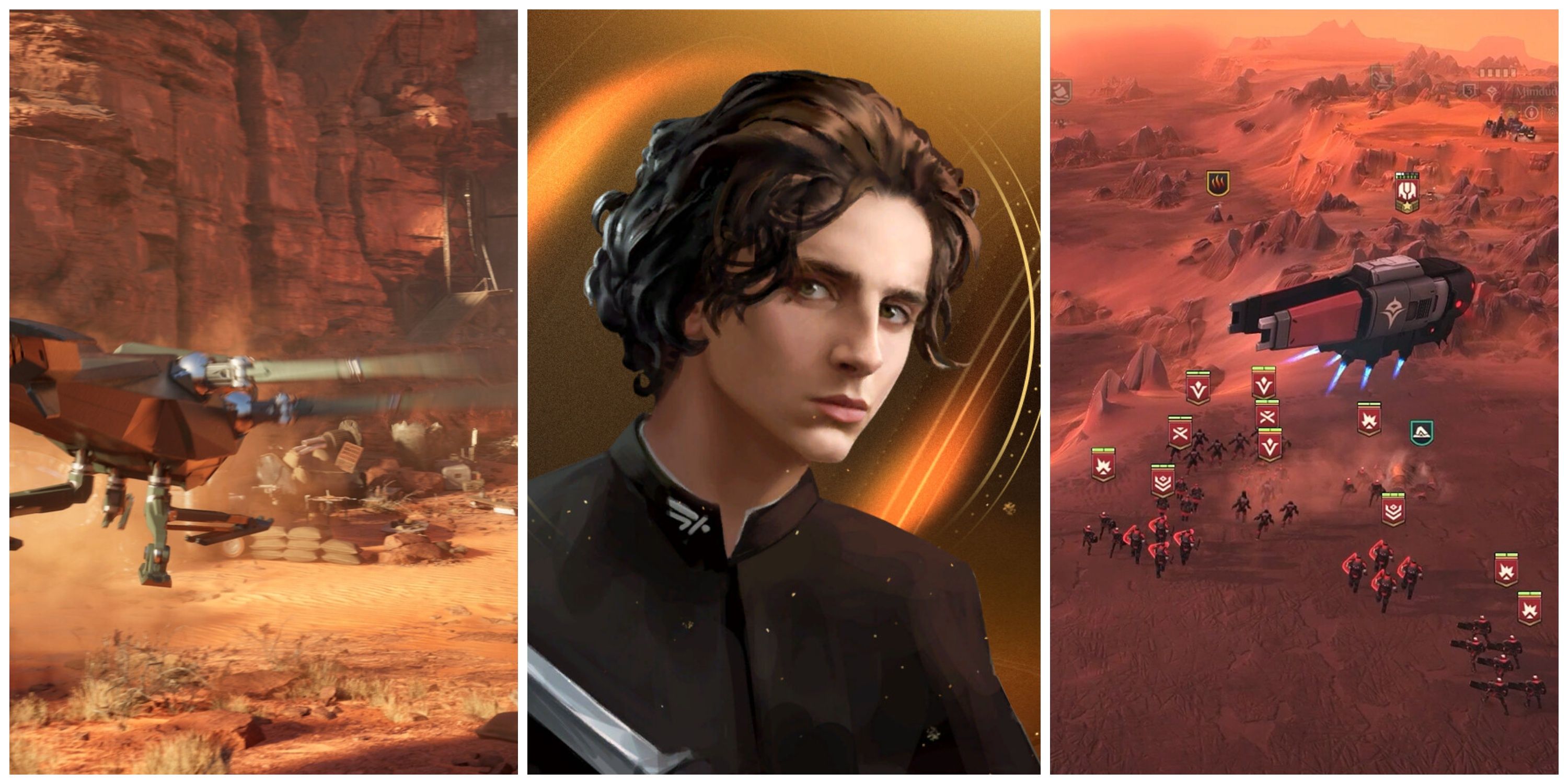
Related
Every Dune Game, Ranked
While Dune has been around for a long time, there has only been a handful of Dune games released over the years.
There’s a lot of Dune influence on 40k, from the Imperium of Man right down to its Bene Gesserit-like Adeptus Sororitas. The moral ambiguity of Paul’s journey, which blurs the line between terrorist and freedom fighter, is a big part of the books. It can be hard to tell if readers are seeing a hero’s journey or a villain’s origin story. But one thing does help make the conflicts a bit more straight forward: they’re fought among humans. Human enemies are easier to comprehend, so if one has to fight, they can at least know who they’re fighting. Unlike 40k, people don’t have to worry about other races competing for dominance of the galaxy, or an extragalactic swarm trying to consume everything. It may be dangerous, but at least it’s possible to quantify and recognize the danger.
3 The Expanse
There Are Clear Lines Between Factions
The Expanse takes place in a future where humanity is spread across the Solar System. Relations between Earth, Mars, and the Belt are tense at best. Political intrigue creates a confusing landscape of shifting alliances, and there’s always a chance of getting caught in the middle. Life for Belters is especially difficult, as they have to adapt to harsh living conditions and deal with a government that fails them over and over. There’s also a destructive protomolecule that’s good at killing people from the inside out, and several interested parties have no qualms about deploying it on innocents just to see what will happen.
Like Dune, war is unavoidable, but at least it’s possible to know who one’s enemies are. Most of them are human, and evenly-matched at worst. And aside from fighting, the biggest challenge is navigating the hostile environment of space. That can be difficult, even frightening, but it involves naturally-occurring problems that can be understood and overcome. As dangerous as the protomolecule is, it is at least the only extra-terrestrial threat. And for all the harm it did, it also provided a gateway that enabled interstellar travel.
2 Mass Effect
At Least It’s Possible to Stop the Reapers
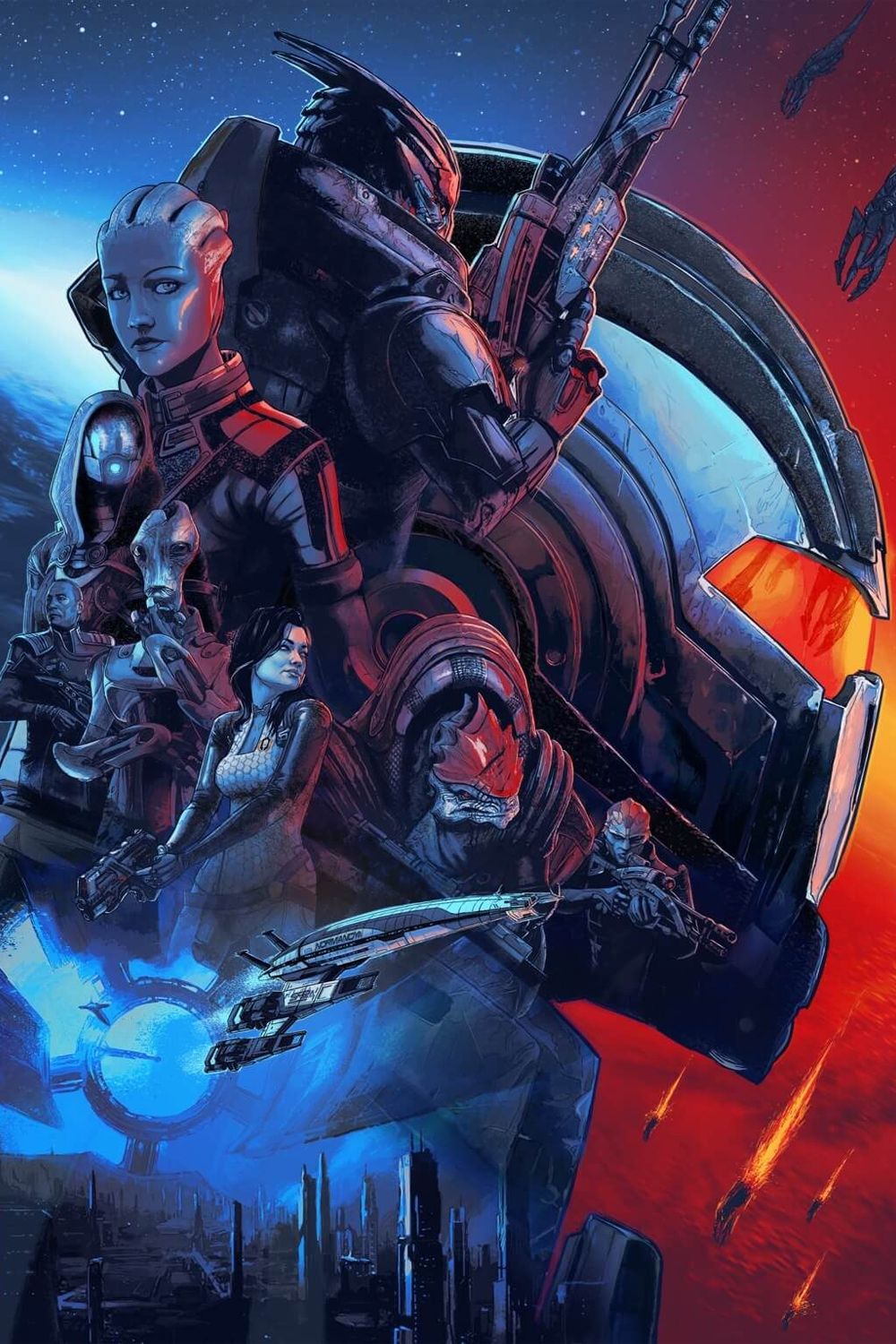
Mass Effect
- Developer(s)
- BioWare , Edge of Reality , Demiurge Studios , Straight Right
Bioware’s classic RPG centers on the discovery of a harsh truth. For thousands of years, the galaxy has been built on a cycle of intelligent civilizations forming every 50,000 years, only to be destroyed at their peak by an ancient race of machines called reapers. These ships are massive, and seem unstoppable. They’re also relentless, adapting to every effort Shepard makes to fight them. And as if the Reapers themselves weren’t an imposing enough threat, they also capture and mutate organic life into their own twisted armies. They even have a method of using mind control to manipulate people. By Mass Effect 3, every spacefaring race is desperate to survive, a task made difficult by the galaxy’s leaders being too caught up in their own political agendas to understand the bigger issue.
The Reapers are comparable to the Tyranid hive ships of 40k. They even have the capacity for intergalactic travel. But it is easy to forget that, in this world, the Reapers are an anomaly. Threats of this scale are actually quite rare. Of course, even those not living through the invasion still have to deal with war, political intrigue, and xenophobia. Still, the possibility of interspecies diplomacy puts Mass Effect miles above 40k. The Alliance can be frustrating, but it’s better than living under a fascist regime.
1 Star Wars
It’s Not Perfect, But The Worst Bad Stuff is Hard to Find
Somewhat like Warhammer 40k, the Star Wars galaxy is characterized by constant warfare. Arguably, the best-case scenario is living in the core worlds at a point when they are run by a well-intentioned but flawed Republic, which is doomed to be endangered if not overthrown as soon as someone begins embracing the Dark Side. At its worst, half the galaxy is trapped under the iron boot of an empire bent on military conquest at any cost. Those on the outer rim have to contend with lawless worlds run by various cartels.
Star Wars is famous for popularizing the used future aesthetic, which makes sense given how difficult life can be in its universe. But one thing about Warhammer 40k‘s universe is its talent for bringing out the worst in everyone. At least in Star Wars it is possible, if difficult, to be a good person and make things a little better.
One easy point of comparison is Star Wars‘ concept of hyperspace routes, which have their own 40k equivalent, the webway. Neither is perfect, but hyperspace is somewhat reliable. Pilots can usually get to their intended destination without getting sucked into another dimension or dropped off at the wrong point four hundred years in the future, which is more than can be said for the webway. Granted, Star Wars does have its share of eldritch horrors, such as the Mnggal-Mnggal and Starweirds, but at least in this galaxy it’s rare to actually face them. Encountering them is practically an everyday occurrence in the world of 40k.
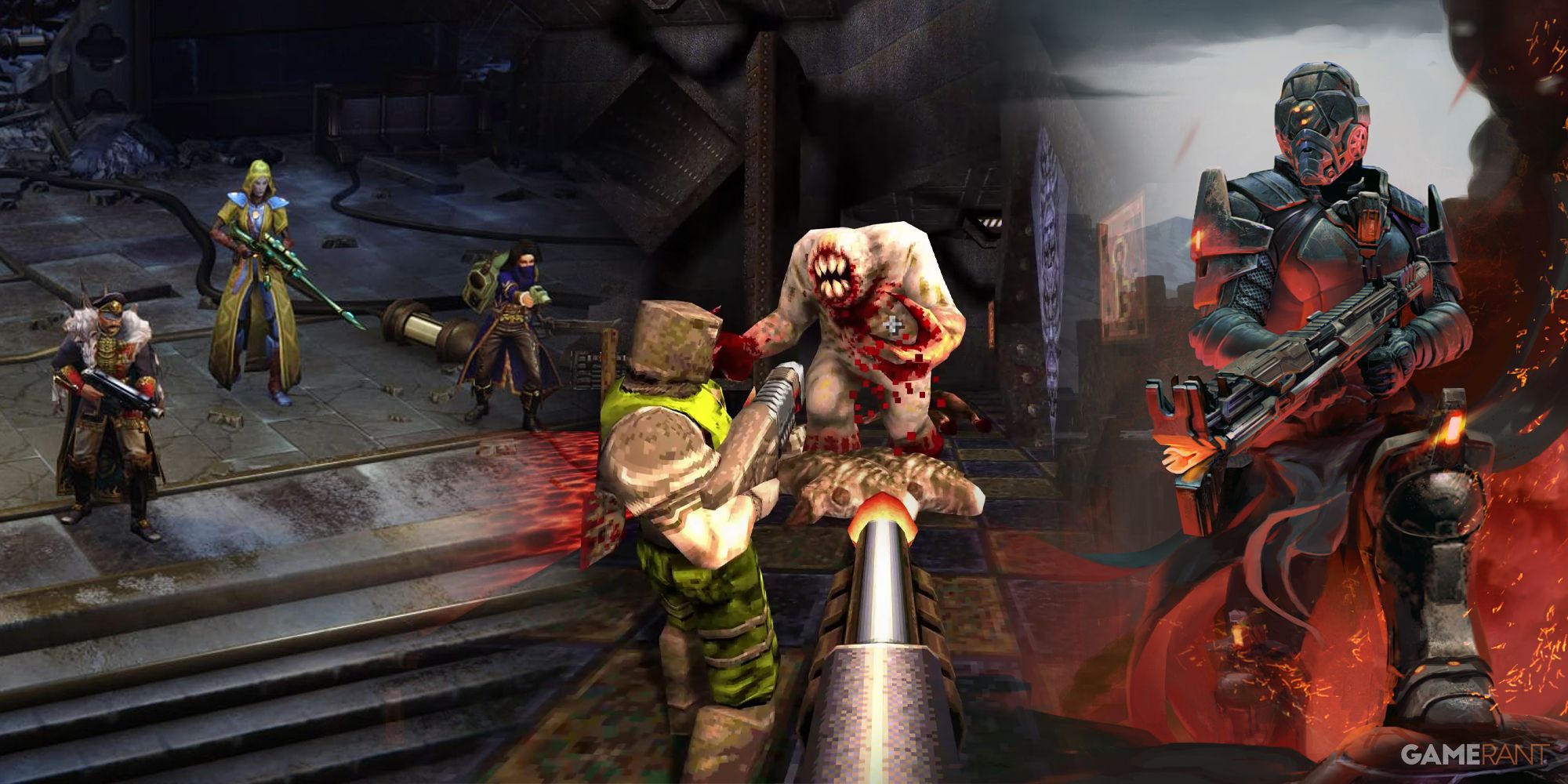
More
Best Sci-Fi Fantasy Games
Players who love the synergy between science fiction and fantasy will love what these games have to offer.
/cdn.vox-cdn.com/uploads/chorus_asset/file/25334823/STK466_ELECTION_2024_CVirginia_D.jpg)
